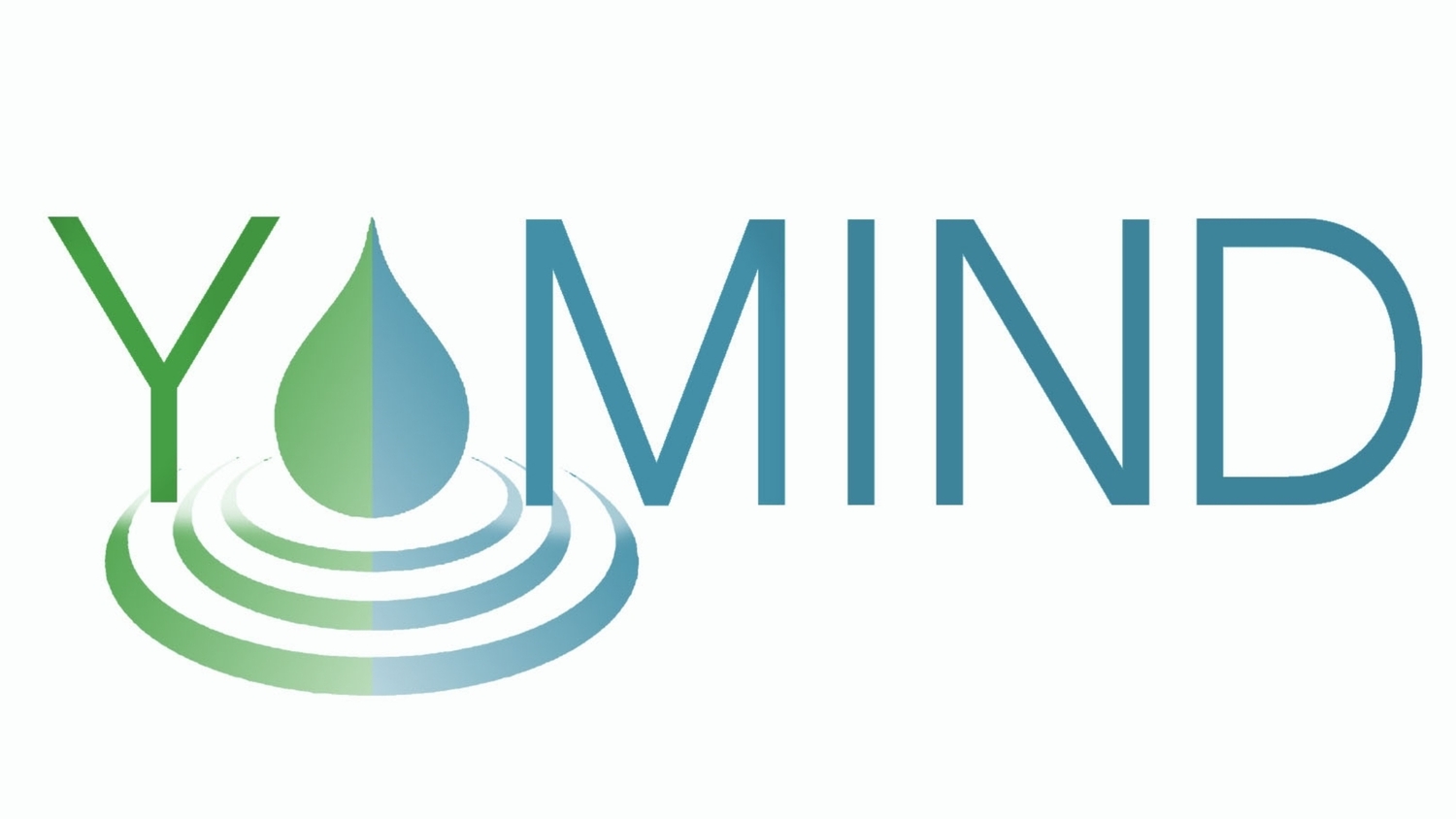Although it is often ignored or forgotten, our breath is always with us. It is tangible, understandable, and controllable. As one of our few bodily systems that can either be controlled or operate unconsciously, the breath forms an immediate connection between the mind and the body and is our best tool for turning knee-jerk reactions into thoughtful responses. By becoming familiar with our inhalations, our exhalations, and the moments in between, we can all learn to harness our minds and nervous systems towards whatever ends we choose.
Unfortunately, many of us never learned to breath properly. By breathing sharply and shallowly, we put our nervous system into a state of constant hyperactivity. If kept active continuously, we can often suffer from:
- Difficulty sleeping
- Weight gain
- Susceptibility to depression
- Memory impairment
- Digestive problems
- Increased anxiety
- Decreased immune function
It doesn't have to be like this. By controlling the breath, we can control the state of our bodies and our minds. We want to teach you to breath.
Physical Benefits:
On average, each of us takes 23,000 breaths per day, yet most of us breath at the bare minimum, only using 10% of our full lung capacity on each inhale. Practicing various breath control techniques teaches us to breath more fully, leading to:
- Improved cardiovascular health
- Decreased blood pressure and heart rate
- Improved digestive functioning
- Improved immune functioning
- Increased lung capacity
- Improved gas exchange and detoxification
Mental Benefits:
Due to the breath's connection to both the conscious and unconscious functioning of the nervous system, controlling the breath allows us to hack into our neural circuitry and transform our moods and minds.
Not only is the breath closely connected with the conscious (somatic) and unconscious (autonomic) branches of the nervous system, but it is also directly related to our sympathetic and parasympathetic systems as well. The sympathetic system, commonly referred to as "fight or flight," is associated with the body's stress response, hyperactivity, movement of blood to the limbs, and the inhalation. The parasympathetic system, referred to as "rest and digest," is the body's relaxation response and is marked by a state of calm, the return of blood to the head and torso, and the exhalation.
By breathing deeply into the belly and extending the exhalation we can activate the parasympathetic system and bring us into a state of relaxation. Breathing into the chest and lengthening the inhalation turns on the sympathetic system and activates us.
It all begins with the breath, so start breathing.

